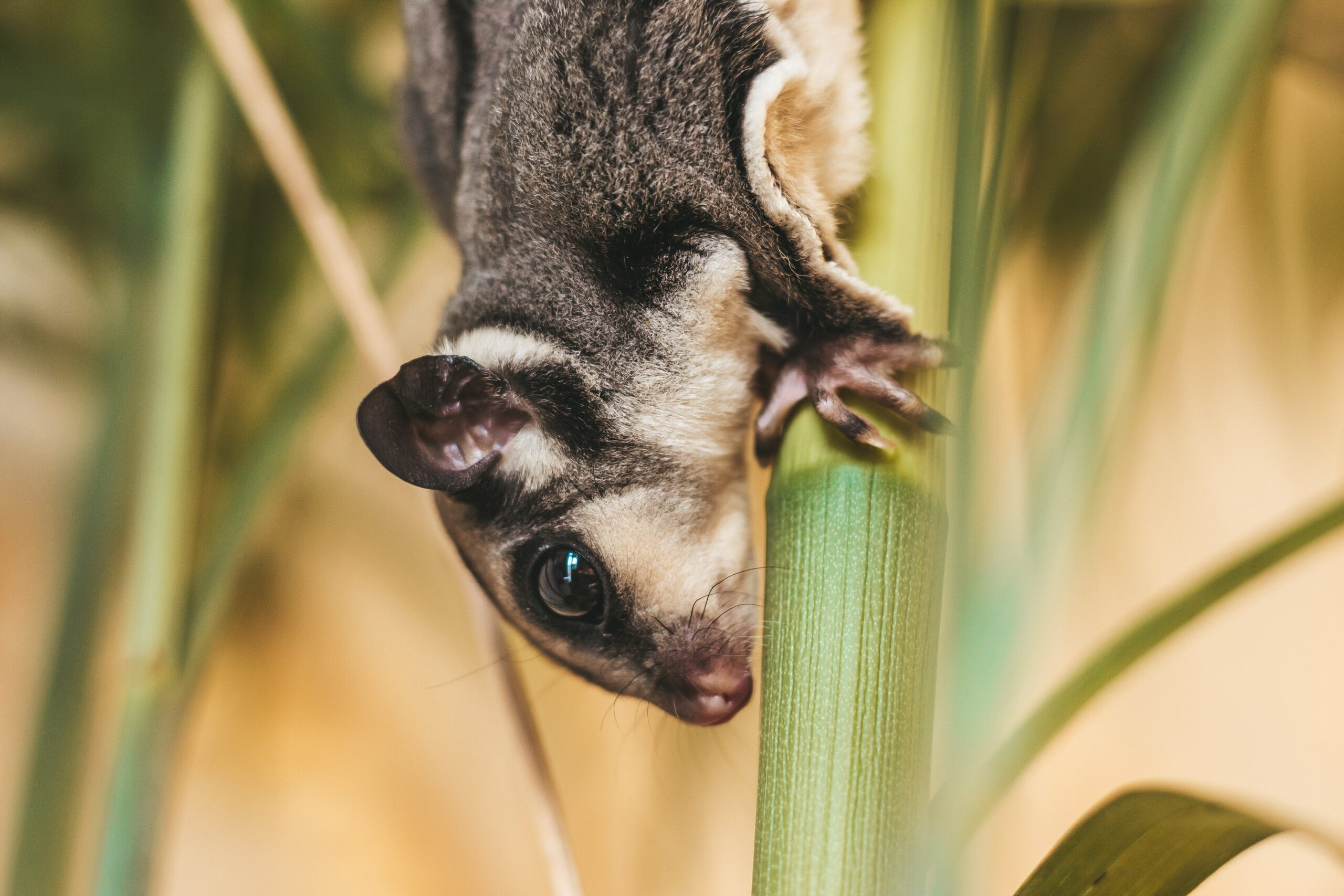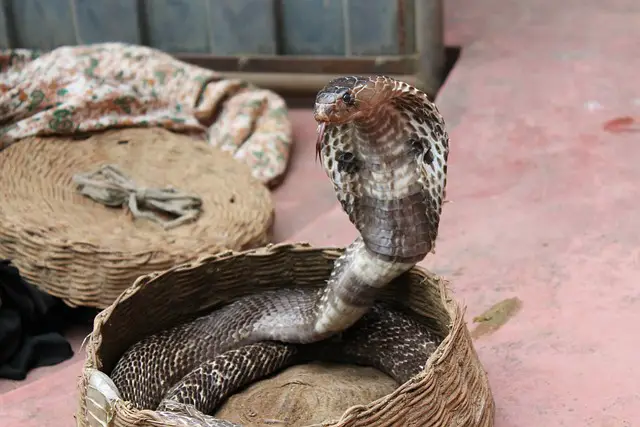Sugar gliders are interesting creatures that have become increasingly popular as pets in recent years. If you are thinking of getting a sugar glider, there is one important question you need to ask: will sugar gliders run away outside? In this blog post, we will explore the answer to that question and help you decide if a sugar glider is the right pet for you.
What you need to do before taking your sugar glider outside for the first time
Before taking your sugar glider outside for the first time, there are a few things you need to do to prepare.
- First, check the weather forecast and make sure the temperature is not too hot or cold. Sugar gliders are native to Australia and do not tolerate extreme temperatures well.
- Next, take your sugar glider to the vet for a check-up to make sure they are healthy and up-to-date on their vaccinations.
- Once you have done this, you will need to purchase a sugar glider-proof carrier. This carrier should have ventilation holes and be made of a sturdy material such as wire or mesh.
- Finally, familiarize yourself with the area where you will be taking your sugar glider. Look for potential hazards such as cars, dogs, and other animals that could harm them.
By taking these precautions, you can help ensure that your sugar glider has a safe and enjoyable time outside.
Tips for training your sugar glider to come back home
As any pet owner knows, it is important to train your pet so that it knows how to behave. This is especially true for sugar gliders, as these small creatures are very active and have a natural tendency to want to explore.
If you let your sugar glider outside without supervision, there is a risk that it will get lost or hurt.
Therefore, it is important to train your sugar glider to come back home when called. The following tips can help you do just that:
1. Start by teaching your sugar glider its name. This will help it associate the sound of its name with you and will make it more likely to respond when called.
2. When you let your sugar glider out to play, always call it back after a few minutes. Reward it with a treat when it comes back to you.
3. Make sure that your sugar glider has a safe place to come back to. If possible, provide a cage or enclosure that it can access only when it comes back home. This will help reinforce the idea that coming back home is its reward.
4. Be consistent with your training. The more often you call your sugar glider back home, the more it will recognize your call and become more obedient.
What is a sugar glider and where do they come from
Sugar gliders are small, nocturnal marsupials that are native to Australia, Indonesia, and New Guinea. They get their name from their love of sweets and their gliding ability, which is made possible by a web of skin that stretches between their front and back legs.
Sugar gliders are very social creatures and live in family groups composed of a breeding pair and their offspring. In the wild, they typically nest in hollow tree cavities, but they can also be found in rainforests, woodlands, and even suburban areas.
Sugar gliders are popular pets due to their cute appearance and playful nature. However, potential owners should be aware that they require specialized care and should consult with an expert before making the commitment to take one home.
The benefits of owning a sugar glider as a pet
While sugar gliders can be a bit high-maintenance, they are also very rewarding pets. Here are just a few of the benefits of owning a sugar glider:
Sugar gliders are very social creatures and enjoy being around people. They are generally very affectionate towards their owners and bond easily with them.
Sugar gliders are relatively easy to care for and don’t require a lot of space. They can be kept in a small cage or aviary and do not need to be exercised like larger pets such as dogs.
Sugar gliders are nocturnal animals, so they are often more active at night when their owners are home from work or school. This means that they can provide their owners with some much-needed companionship during the evening hours.
Overall, sugar gliders make great pets for those who are looking for something a little different than the traditional cat or dog. They are intelligent, social creatures that bond closely with their owners. While they may require some extra care, they can provide their owners
Conclusion
Sugar gliders will not automatically run away when they are outside. However, if they are not comfortable with their surroundings, they may try to escape. If you are keeping sugar gliders as pets, it is important to provide them with a comfortable and safe environment.
This means keeping them in a well-ventilated cage that is big enough for them to move around comfortably. It also means letting them out on a regular basis so that they can explore and exercise. With proper care, sugar gliders can make great pets that will enjoy spending time with their owners.







